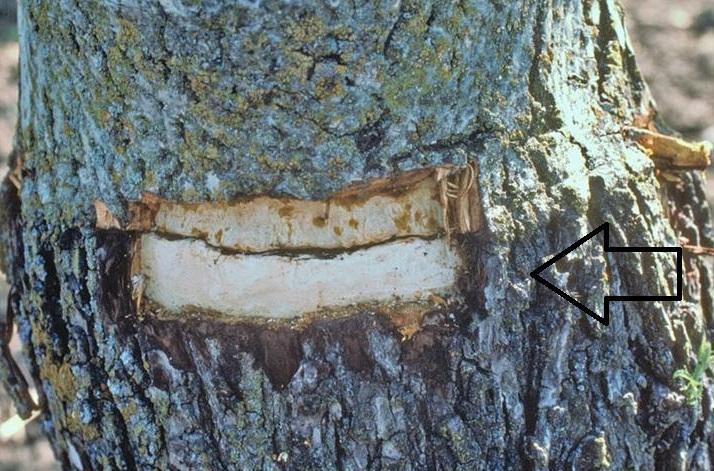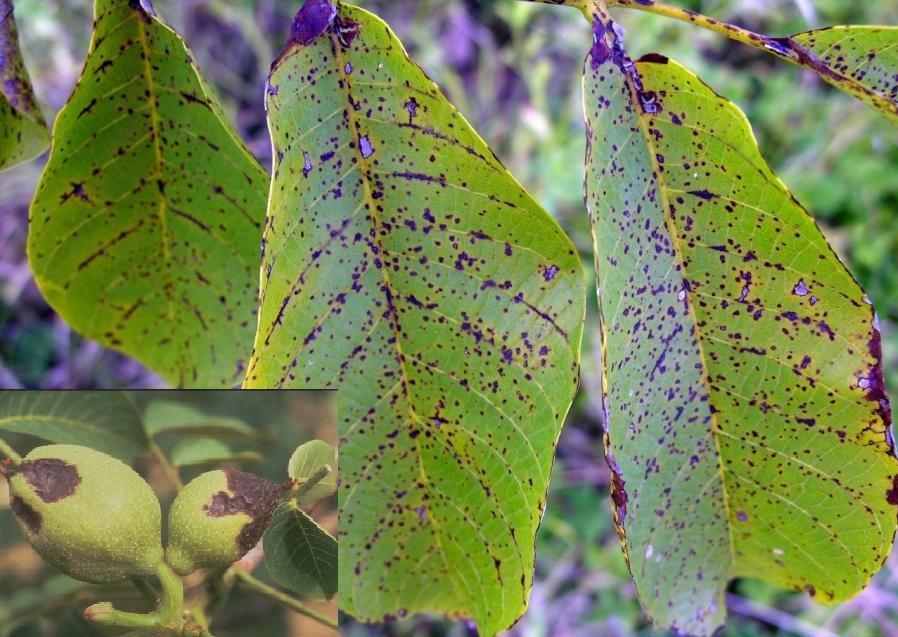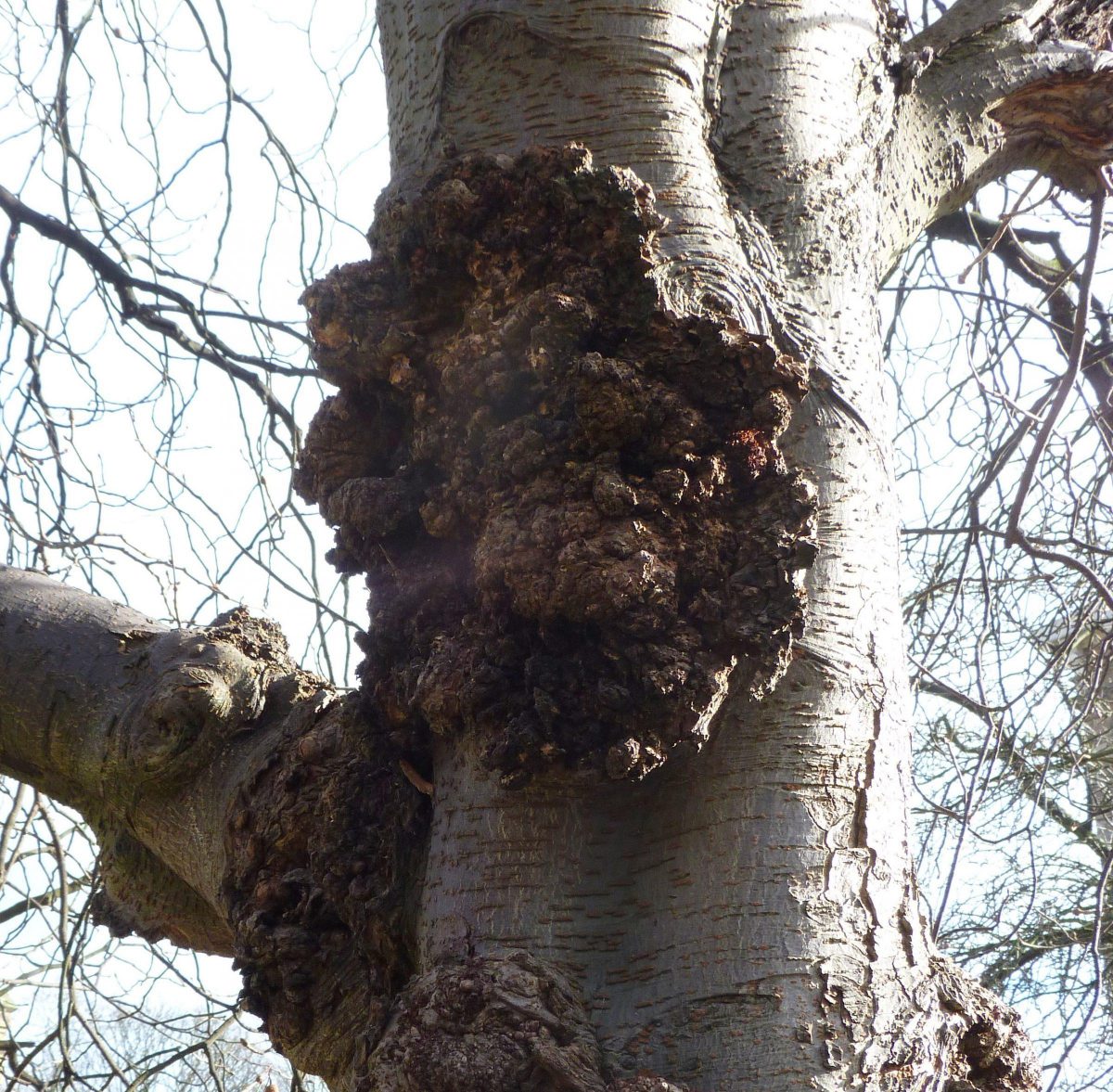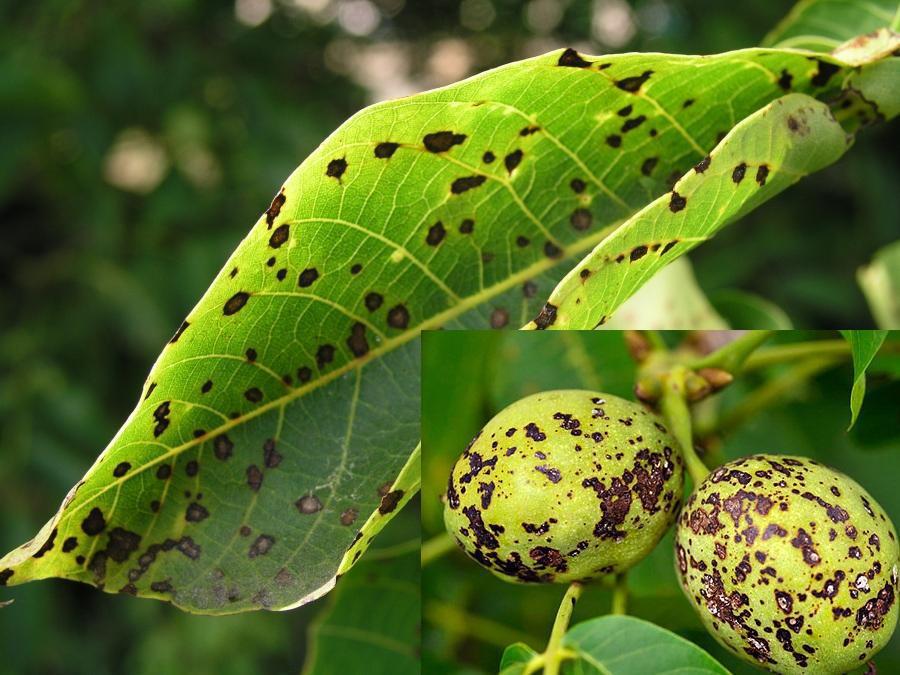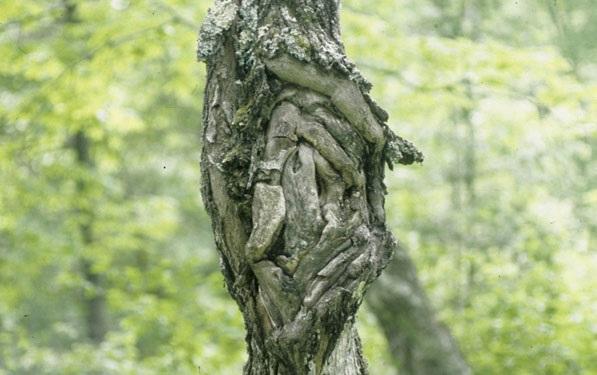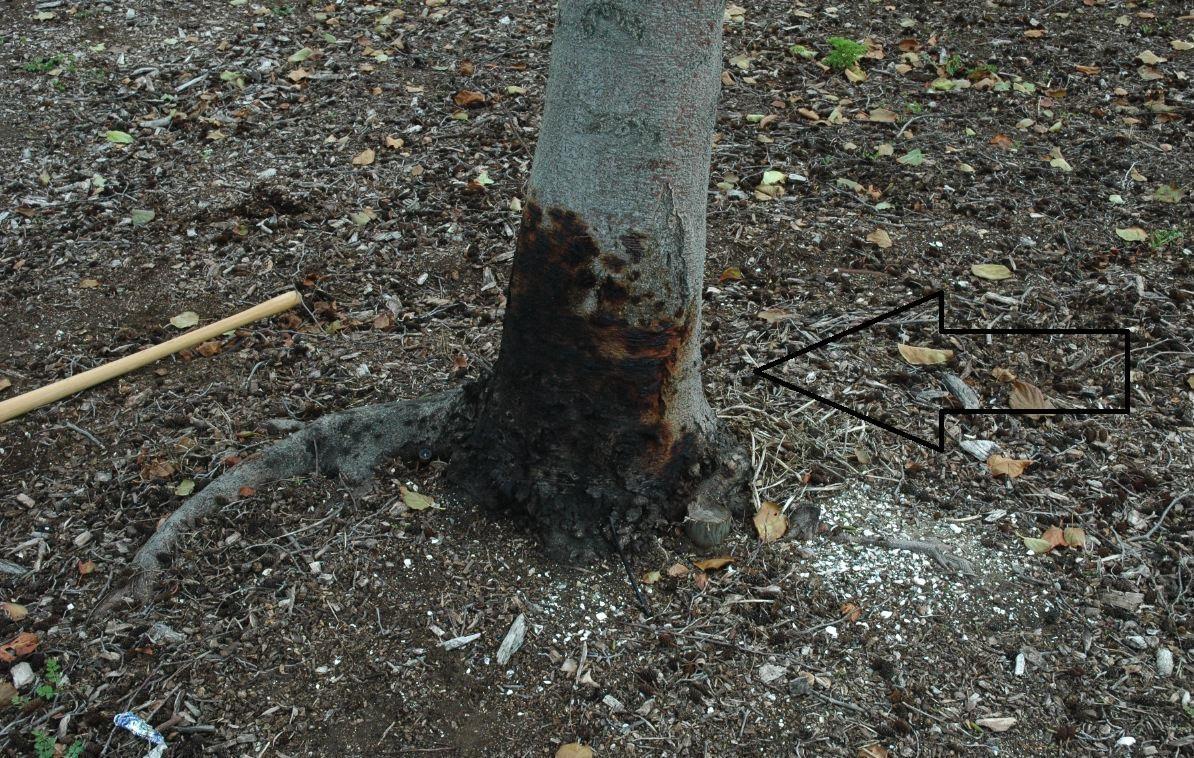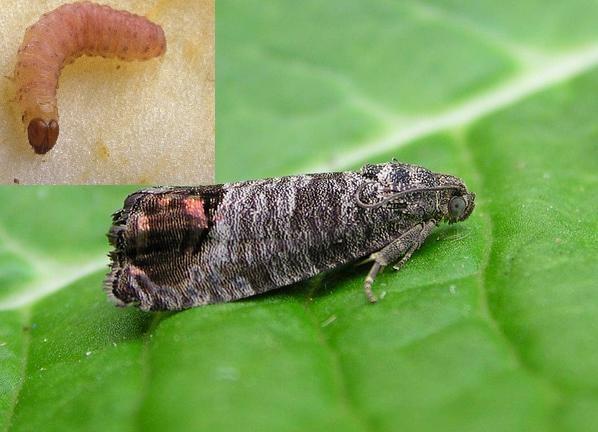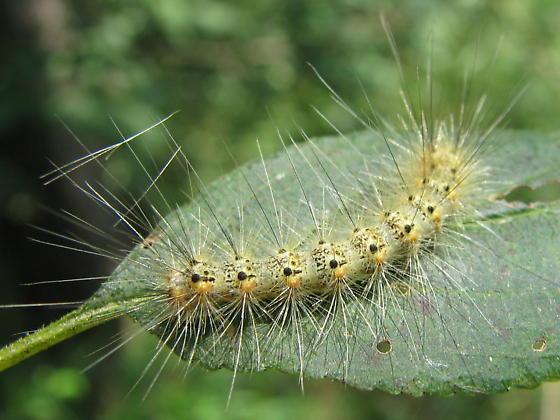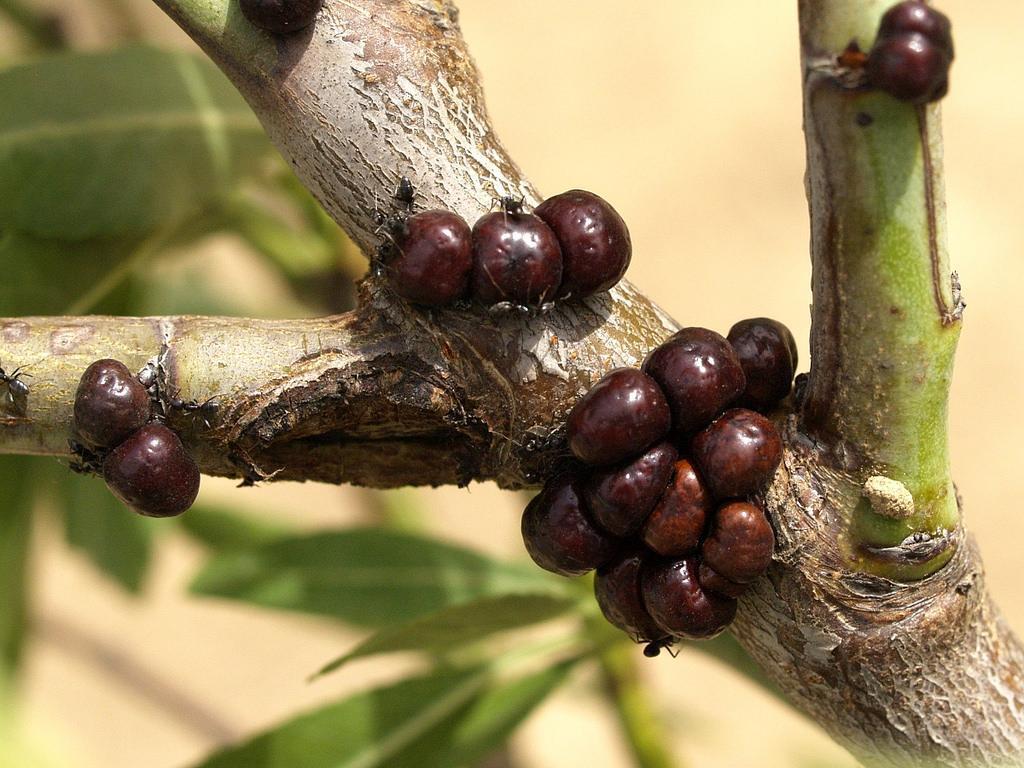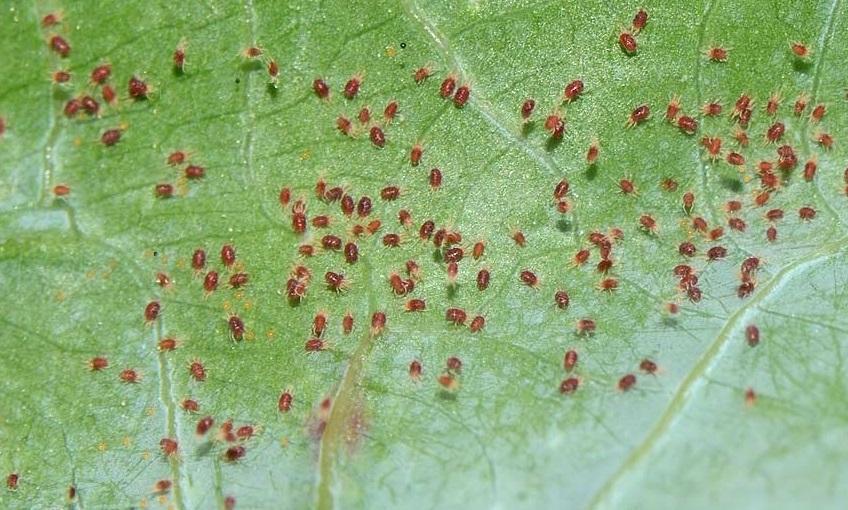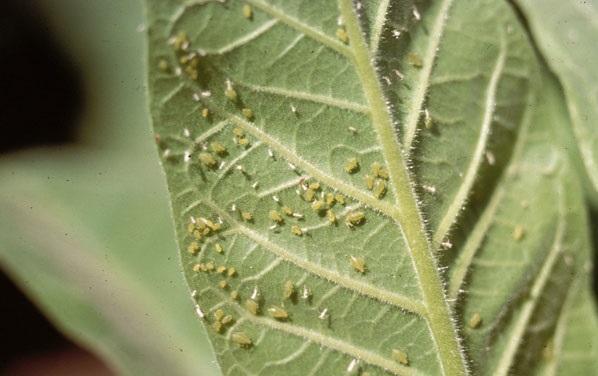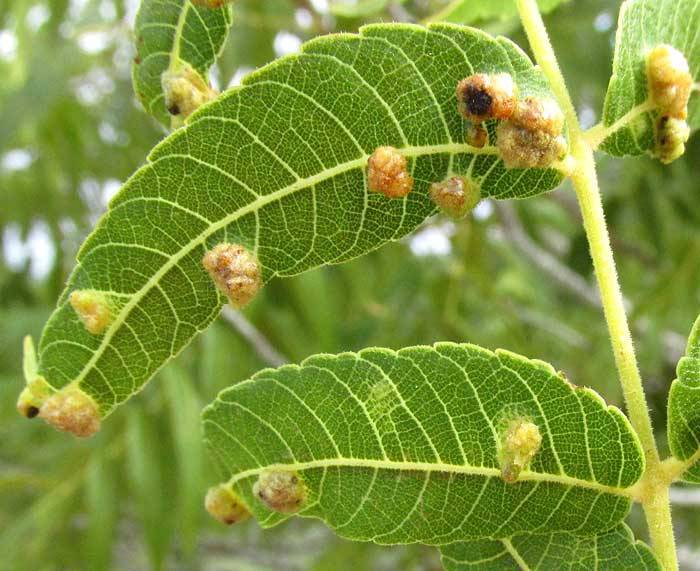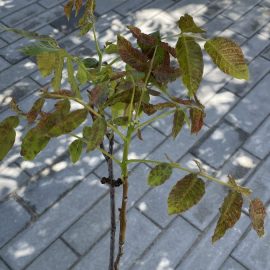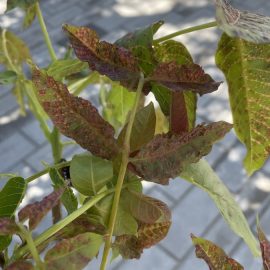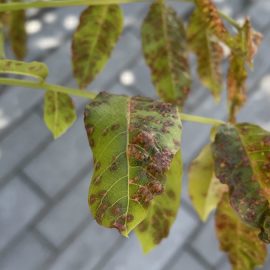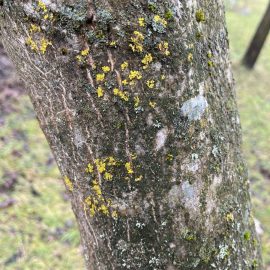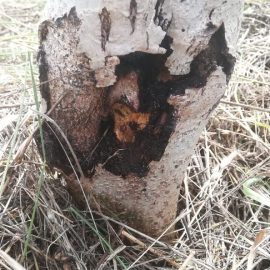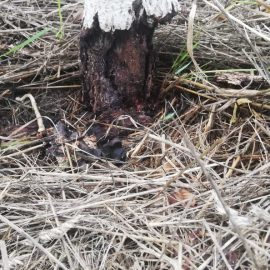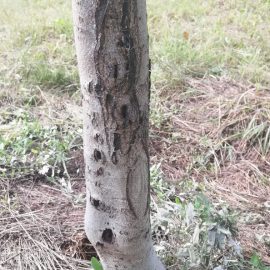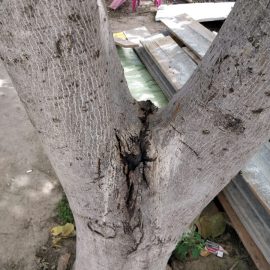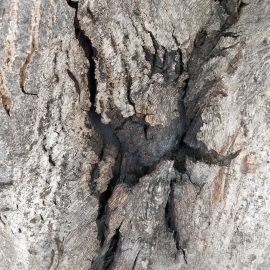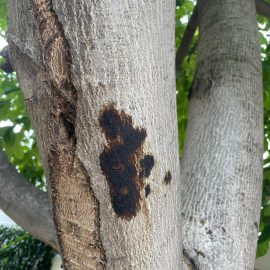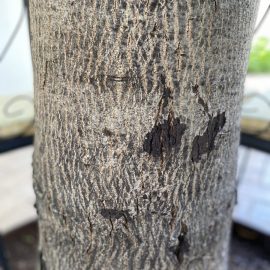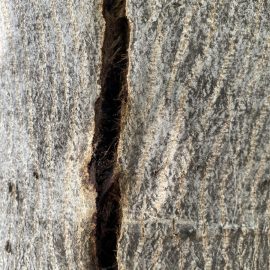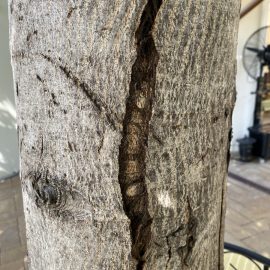Walnut tree treatments, pest and disease control
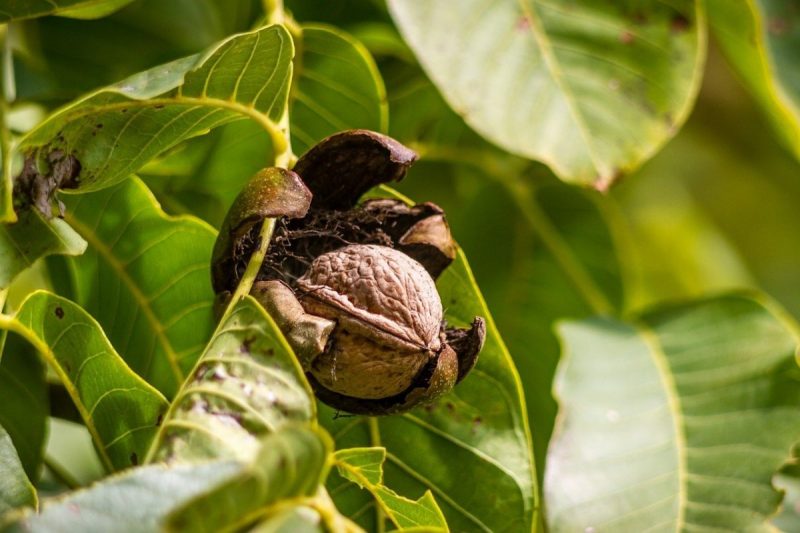
The walnut tree (Juglans regia) is a species that belongs to the Juglandaceae family, native to the area between the Balkan Peninsula and China. This is a large tree that can reach 25 meters in height. The trunk is strong and the bark is smooth and gray. Its crown is branched, with strong branches. Walnut has uses in the food industry, the wood industry, and also as a decorative plant. The walnut tree bears fruits 5-8 years after planting, and the maximum yields are obtained 10 years after planting. The tree produces fruit for a period between 30 and 100 years.
The main diseases of walnut trees
VIRUSES
Walnut blackline disease (Cherry leaf roll virus in walnut)
This virus gradually reduces the vigor of the trees, the leaves are yellow and withered, and the tree loses its leaves prematurely. Also, the twigs are weak and do not develop normally, and cracks or holes may appear in the bark. If the bark is removed in the areas where the symptoms are present, you can see a black stripe. This virus is transmitted through infected pollen and grafting.
Prevention and control measures:
- using healthy grafts and rootstocks;
- removing infected walnut trees from the orchard.
BACTERIOSIS
Walnut blight (Xanthomonas arboricola pv. juglandis)
This disease attacks the leaves, twigs, inflorescences, and fruits. Large, angular spots appear on the walnut tree leaves, leading to their deformation. The twigs show brown spots. In wet weather, the twigs bend and dry. The pathogen enters the fruit and can destroy the core. The male flowers turn brown, and through the pollen, the disease is transmitted to the female flowers. The bacteria overwinter in bark cracks and on infected plant debris and penetrate the walnut tree through stomata or wounds caused by maintenance work.
Prevention and control measures:
- pruning the affected twigs to healthy wood, applying treatment with Bordeaux mixture, and covering the wounds with tree wound sealer;
- applying specific treatments during the dormant period;
- applying copper-based treatments during the vegetative growth period.
Crown gall (Agrobacterium radiobacter pv. tumefaciens)
The disease appears as tumors (galls), which vary in size depending on the plant’s age and the affected organ. Initially, small, smooth, and soft tumors appear on roots, stems, and rarely on branches or leaves. With time, the tumors enlarge, become brown or blackish-brown, and acquire a rough appearance. The pathogen enters the walnut tree through wounds caused by nematodes, hail, insects, etc. The appearance of this disease is also favored by temperatures between 22 and 30 °C and atmospheric humidity of 80 %.
Prevention and control measures:
- sorting walnut saplings before planting;
- walnut saplings should be planted on land that has been prepared accordingly;
- disinfecting scissors and tools when moving from one tree to another;
- pruning affected branches up to the healthy area, applying treatment with Bordeaux mixture, and covering wounds with tree wound sealer;
- soaking the sapling roots in a solution of Bordeaux mixture of 1%;
- walnut tree treatments during vegetation with copper-based products.
MYCOSIS
Walnut anthracnose (Gnomonia leptostyla)
The main form of attack is on leaves and fruit. Small, greyish spots surrounded by a brown halo appear on walnut leaves. The spots merge and destroy the whole leaf. Attacked fruits show brown spots. Around these spots, the tissues sink, and on their surface appear the fungus fructifications. If the attack is early, the core of the fruit may be destroyed. The fungus can also attack the twigs, causing brown, elongated spots. The fungus overwinters on plant debris on the soil surface.
Prevention and control measures:
- burning or burying leaves in the orchard;
- carrying out treatments with specific fungicides.
Nectria canker (Nectria spp.)
The disease penetrates the walnut tree through a wound resulting from pruning. The bark in the affected area exfoliates and the tissues sink. Thus, the affected area acquires a cancerous appearance. The fungus can attack all aerial organs, including fruit. They rot and fall. If the attack is present on the stem, the tree will dry irreversibly.
Prevention and control measures:
- checking saplings before planting;
- disinfecting tools;
- balanced irrigation and fertilization;
- pruning the affected branches;
- large wounds resulting from maintenance work should be covered with tree wound sealer.
Recommended products
-
You can find products on a different store
Change Store -
You can find products on a different store
Change Store -
You can find products on a different store
Change Store -
You can find products on a different store
Change Store -
You can find products on a different store
Change Store -
You can find products on a different store
Change Store -
You can find products on a different store
Change Store -
You can find products on a different store
Change Store -
You can find products on a different store
Change Store -
You can find products on a different store
Change Store -
You can find products on a different store
Change Store -
You can find products on a different store
Change Store -
You can find products on a different store
Change Store -
You can find products on a different store
Change Store -
You can find products on a different store
Change Store -
You can find products on a different store
Change Store -
You can find products on a different store
Change Store -
You can find products on a different store
Change Store -
You can find products on a different store
Change Store -
You can find products on a different store
Change Store -
You can find products on a different store
Change Store -
You can find products on a different store
Change Store -
You can find products on a different store
Change Store -
You can find products on a different store
Change Store
Crown rot (Phytophthora spp.)
The disease manifests as leaves wilting and browning. The trees grow slowly and dry prematurely. Lesions similar to those produced by bacterial cancer appear in the basal area of the stem. In wet weather, the lesions get covered with a sticky liquid. This disease occurs in conditions of excessive soil moisture.
Prevention and control measures:
- rational irrigation;
- there is no treatment for this disease.
The main pests of walnut trees
Codling moth (Cydia pomonella)
It is a polyphagous pest that attacks several species of fruit trees (including the walnut tree). Larvae of different ages attack the fruit. Females lay their eggs directly on the fruit or on the leaves near the fruit. After hatching, the larvae dig galleries in the fruits, leaving droppings inside.
Control methods:
- chemical treatments with specific insecticides.
Fall webworm moth (Hyphantria cunea)
It is a polyphagous species that attacks ornamental trees (mulberry, plane tree, etc.) as well as fruit tree species. It has two generations per year and overwinters as a pupa in the topsoil. This pest causes tree defoliation and a decrease in fruit production. The caterpillars settle on the underside of the leaves and begin to consume them. They also build a kind of nest, inside which they feed.
Control methods:
- carrying out specific insecticide treatments.
European fruit lecanium (Parthenolecanium corni)
It is a polyphagous species that attacks several fruit tree species, vines, etc. It develops one generation a year and overwinters as a larva on the bark of attacked branches. Adults and larvae colonize branches and twigs, causing tissue necrosis. Following the attack, the leaves become partially or completely etiolated and fall in mass. The harvest decrease annually, and the neglected trees dry up. The attacked parts can be covered with its sweet droppings, on which sooty mold develops.
Control methods:
- cleaning the branches with a rough brush;
- applying the recommended dormant period treatments with horticultural oil-based products;
- carrying out treatments in vegetation with specific insecticides.
European red mite (Panonychus ulmi)
It has 5-6 generations per year and overwinters in the egg stage on the tree bark, branches, etc. Attacked leaves dry up and fall, causing defoliation. As a result of the attack, the twigs decrease in growth, resulting in a lower production. Also, following the attack, the resistance of the trees against diseases is reduced.
Control methods:
- carrying out treatments with specific insecticides.
Aphids
They are polyphagous species that migrate from one plant to another or from one species to another. Aphids grow on spontaneous flora and then move on to cultivated species. they appear as colonies on the underside of leaves, flowers, or inflorescences and young twigs. Insects sting and suck plants’ sap causing stress. In case of a severe attack, the tree’s resistance to disease decrease.
Control methods:
- carrying out treatments with specific insecticides.
Walnut blister mite (Eriophyes erinea)
This pest can cause premature tree defoliation, and thus lower production. It has several generations per year and feeds on leaves sap. The stings form irregular spots of different sizes on the underside of the leaves, with a furry appearance, delimited by veins. Characteristic bumps appear on the upper side of the leaf next to these spots.
Control methods:
- applying treatments during the dormancy period ;
- applying treatments in vegetation with specific insecticides.














































































































































































































































































































































































































































